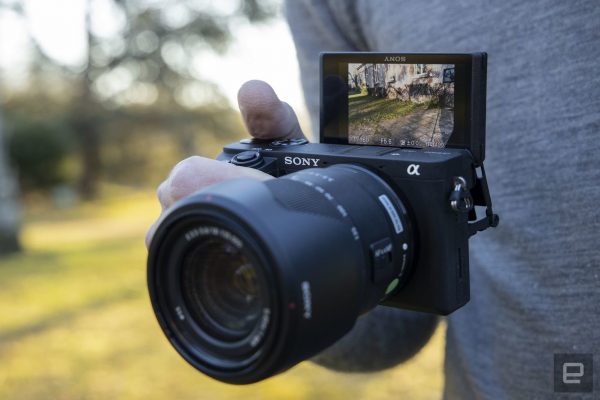Sony A6500 vs A6600: Which Camera Is The Best for You?


If you are looking for a high-end digital camera from Sony, you may have come across two models – the Sony A6500 and the Sony A6600. Both of these cameras are popular and come with a range of impressive features.


In this article, we will compare the sony a6500 vs a6600 – what they have in common, what sets them apart, and which one of them might be the best pick for your photography needs.
Similarities Between the Sony A6500 and Sony A6600

Before we dive into the differences between these two cameras, let’s look at what they have in common. Here are the main similarities between the Sony A6500 and the Sony A6600:
- APS-C Sensor: Both cameras come with a 24.2-megapixel APS-C sensor for superb image quality.
- BIONZ X Processor: The BIONZ X processor is present in both cameras, improving processing speed and image quality.
- 4K Video: Both the A6500 and A6600 can shoot 4K video in various formats.
- Bluetooth and Wi-Fi: Both cameras have built-in Bluetooth and Wi-Fi, allowing for easy photo sharing and remote camera control.
- Image Stabilization: Both models have powerful built-in image stabilization systems that help reduce camera shake and blur.

Differences Between the Sony A6500 and Sony A6600
Despite their similarities, there are some differences between the Sony A6500 and the Sony A6600. Let’s take a closer look at what sets them apart:


- Battery Life: The Sony A6600 has a longer battery life than the A6500, allowing for more shots before the battery dies. With the A6500, you can take around 310 shots per charge, while the A6600 can take up to 810 shots.
- Design: The Sony A6600 has a slightly larger and heavier body than the A6500. The A6600 also has improved button placement, making it easier to navigate the camera’s controls.
- Real-Time Eye AF: Real-Time Eye AF is a feature present in the A6600 and absent in the A6500. This feature helps track and focus on eyes for sharper, more precise images.
- Price: The Sony A6600 is significantly more expensive than the A6500. Depending on where you buy, the A6600 can cost up to 50% more than the A6500.
- Record Limit: The Sony A6500 has a 30-minute record limit for 4K videos, while the A6600 can record continuously for up to 60 minutes.
- ISO Range: The Sony A6600 has a slightly larger ISO range than the A6500, allowing for better low-light performance. The A6600 has an ISO range of 100-32000, while the A6500 goes up to 25600.
Which Camera Is Right for You?
Both the Sony A6500 and the Sony A6600 are excellent cameras, but your choice between them will ultimately depend on your needs as a photographer. Here are some factors to consider when choosing between the two:
- Budget: The Sony A6500 is significantly cheaper than the A6600. If you are on a tight budget, the A6500 might be the better option.
- Battery Life: If you are planning on using your camera for long periods without a break, the A6600’s longer battery life may be an advantage.
- Size and Weight: The Sony A6500 is lighter and smaller than the A6600. If portability is an important consideration for you, the A6500 might be the better choice.
- Real-Time Eye AF: If you frequently photograph people and animals, the A6600’s Real-Time Eye AF may be an incredibly useful feature for you.
- Low-Light Photography: If you take a lot of photos in low-light conditions, the A6600’s larger ISO range may be a valuable advantage.
- Professional Use: If you are a professional photographer and need the best possible equipment and features, the Sony A6600 is likely the better option.

Conclusion
In conclusion, both the Sony A6500 and the Sony A6600 are excellent cameras, but they differ in several critical areas. Your choice will ultimately depend on your preferences and your photography style.
The A6500 is an excellent entry-level mirrorless camera, with a desirable combination of features and affordability. On the other hand, the A6600 is the camera for professionals, with the exceptional real-time eye AF, an extended battery life, and a better ISO range.
We hope this article has helped you understand the differences between these two cameras, and will help you make an informed decision before you buy. So, which one are you planning to get?
